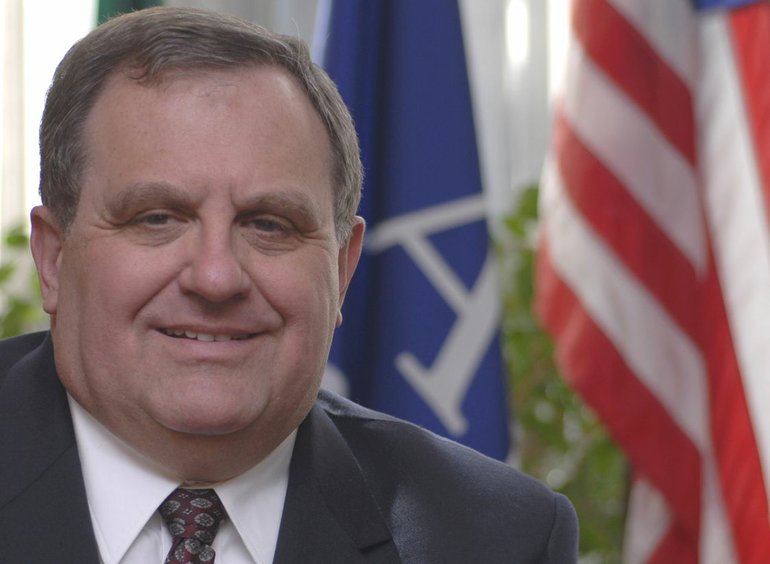Recently, President Obama ordered the Environmental Protection Agency to delay implementation of a new rule that further reduces industrial ozone emissions —smog — under the Clean Air Act.
The announcement came on the same day new employment figures showed the economy had created no new jobs in August. With unemployment stuck at higher than 9 percent and the economy teetering on the brink of a double-dip recession, President Obama decided the suggested benefits of the new rule were not worth the damage to our economic recovery.
The EPA estimated complying with the new standard would cost U.S. businesses as much as $90 billion a year.
Why so much? Because, as the EPA acknowledged, the technology required to meet the new standard does not exist. To comply, industries will have to invent the needed technology within the next few years or shut down operations.
While this temporary reprieve is good news, critics say the EPA’s tactics in pursuing this proposed rule and others reveal a troubling pattern of skirting the law and playing fast and loose with the facts.
Andrew Grossman of The Heritage Foundation writes, “this enormously expensive regulation is unsupported by scientific evidence, violates the CAA, and appears timed to evade ongoing judicial review of the rulemaking process.”
The smog standard was scheduled to be reviewed by Congress in 2013, a review that would have been canceled had the new standard been put in place. And Grossman says that by saying it was “reconsidering” the ozone standard, the EPA circumvented the mandatory process required to revise emission standards.
Critics complain that EPA officials routinely inflate the projected economic and health benefits of proposed air quality rules without providing the scientific data to back up their claims. The authors of one study used to justify some of these new rules acknowledge that “many of the key factors … cannot be reliably quantified” and researchers admit there is “major uncertainty” about EPA’s projected health impacts.
This isn’t the only controversy surrounding new EPA regulations.
The Obama administration’s own Small Business Administration recently sent an extraordinarily blunt and critical letter to EPA Administrator Lisa Jackson complaining that the agency has systematically circumvented or ignored required procedures in its pursuit of a new rule on air emissions affecting more than 500 coal- and oil-fired power plants across the nation.
For example, federal law requires that the EPA consider input from companies affected by a rule, specifically address those problems and adjust the rule as necessary. But in unusually frank language, attorneys for the SBA’s Office of Advocacy made the case that the EPA’s public comment process was a sham.
Because the information the EPA provided was vague and incomplete, the companies didn’t have the details they needed to assess how the rule would affect them. One stakeholder commented, “as a result of the poor and inadequate preparation by the U.S. EPA and failing to meet the statutory requirements,” it could offer only general comments on the proposed rule.
The SBA letter outlined almost a dozen instances in which EPA failed to follow the prescribed procedures, saying “explaining in advance that there will be deficiencies in the … process does not excuse those deficiencies.”
The SBA lawyers concluded that the “EPA may have significantly understated the burden this rulemaking would impose on small entities” and “has not presented evidence that it has seriously considered the impact this rule will have on small entities or available regulatory alternatives that would minimize that impact.”
The EPA’s response? They’re moving forward with the new standard.
Federal regulations add hundreds of billions of dollars each year to the cost of doing business. Federal law says agencies can add to that burden only when they clearly justify the need and show there is no workable alternative. There is a disturbing pattern that the EPA is ignoring that requirement.
Employers and individuals are required to follow rules and regulations. The least we can expect from government regulators is that they do the same.
Don Brunell is president of the Association of Washington Business, Washington state’s chamber of commerce. Visit http://www.awb.org.



